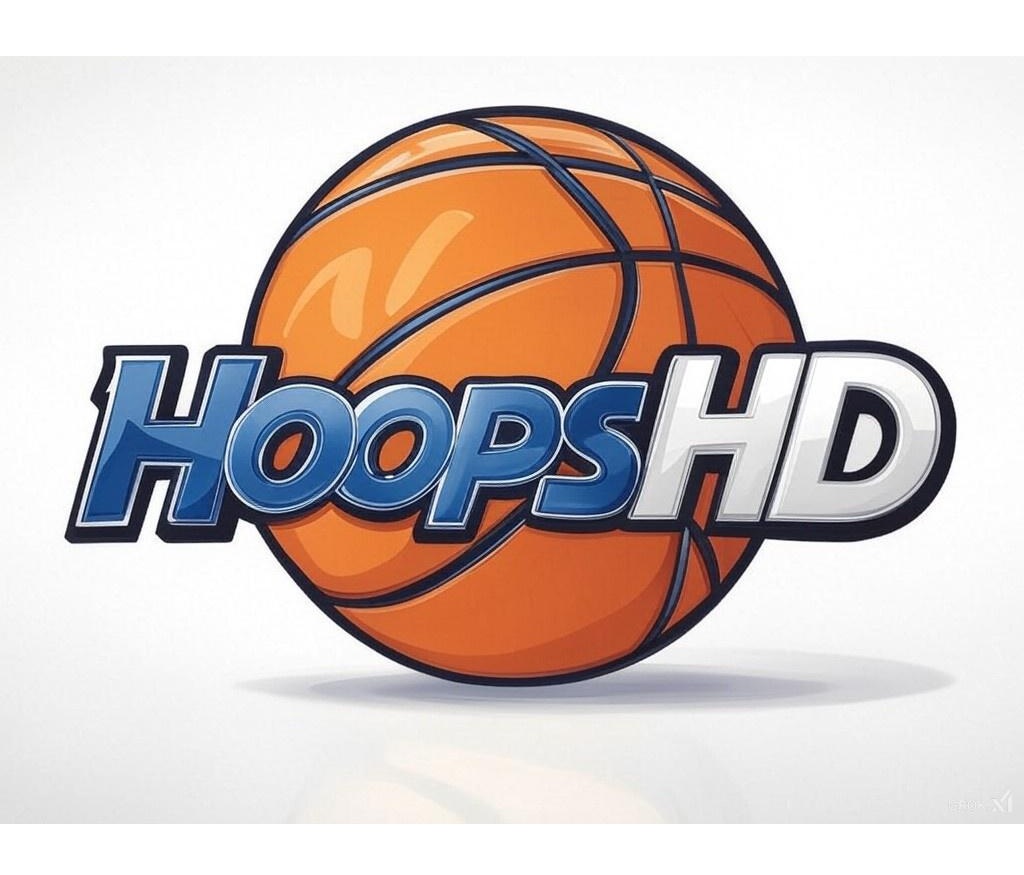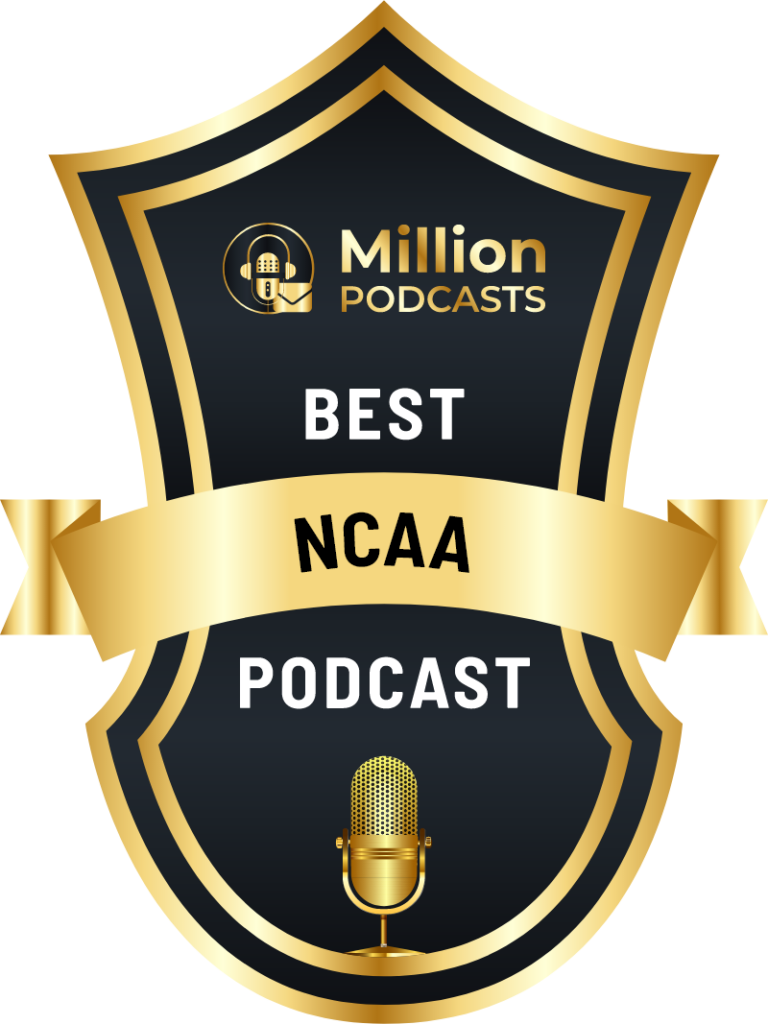Under the Radar Games of the Day: 2K Sports Subregional/Visitor’s Bracket Tournament in Smithfield, RI
Siena vs Radford, 4:00 PM Eastern, necfrontrow.com
Prairie View at Bryant, 7:00 PM Eastern, necfrontrow.com
The premiere televised games tonight will be played at Madison Square Garden in New York City as Wisconsin battles Georgetown in the first semifinal of the 2K Sports Classic followed by Duke and VCU matching up in the second (third place and championship games will be played Sunday afternoon). However, four other teams also participated in this event, each playing a pair of road games at the four power conference schools before advancing to their own four team bracketed event at Bryant’s campus in Smithfield, Rhode Island today and tomorrow. The semifinals of this Subregional or Visitor’s Bracket of the 2K Sports Classic begin at 4:30 PM Eastern today as Siena takes on Radford, with the winner battling the winner of Prairie View and Bryant tomorrow (and the two losers meeting in a third place game).
The biggest storyline heading into this four team event is Radford, as the Highlanders were able to come up with an amazing double overtime win at Georgetown in one of the preliminary games of this event. Although they were unable to make it 2-0 by defeating VCU, just a split in those two games was notable enough to have this team as one of our key teams to keep an eye on throughout the season out of the Big South. Their semifinal opponent, Siena, did go 0-2 against Duke and Wisconsin, but still has enough talent that they could prove to be a sleeper pick in the MAAC. Just how good this year’s Saints team is may be shown in their games today and tomorrow, as winning this event would definitely get them the attention of the UTR crew here at HOOPS HD.
Bryant, the host school for this event, enters their semifinal matchup tonight at 1-1, having lost to Duke and beaten a non-D1 school (their second non-bracketed game of this event, at Georgetown, is scheduled for November 28). The Bulldogs are led by Dan Garvin down low, but will need to get scoring from their backcourt if they want to contend in the Northeast Conference this year. Tonight they battle Prairie View A&M. The Panthers are off to an 0-2 start, including a loss to VCU (they play at Wisconsin Wednesday). However, do not sleep on the SWAC this season, as the conference already has picked up 8 non-conference wins and enters today’s game as (amazingly enough) the #10 rated conference in the country by RPI (albeit RPI is fairly meaningless this early in the season), and has an overall win percentage better than 10 other leagues, including the West Coast Conference!



Throwback Thursday: 1979 NCAA Tournament
Click here for Chad’s daily UTR article
Click here for the season premiere of Chad and David’s Under the Radar video podcast
Also click here for Jon Teitel’s first-hand perspective of Monday night’s GW-UVa game
In today’s version of Throwback Thursday, we continue to look at how the NCAA Tournament began to evolve into the major event that it is today. Last week, we revisited the 1974 NCAA Tournament and its field of what was then 25 teams. Beginning in 1975, the NCAA allowed conferences to have up to 2 teams selected in the NCAA field. This made for a 32-team field for the next 4 seasons. For the 1978-79 season, the field would be expanded to 40 teams overall and, for the first time, teams would be seeded 1-10 in their respective regions. This meant that a team could have to win as many as 4 games just to reach the Final Four.
It makes for a perfect segue as we look at the East Regional for that year. Beginning with the 2 1st-round games played in Raleigh, 10th-seeded St. John’s defeated Temple and Ivy League champion Penn would defeat a Jim Valvano-led Iona team in the same round. This was merely a warm-up act; Penn would shock top-seeded North Carolina and St. John’s would defeat Duke (last season’s runner-up in the NCAA Tournament with a loss to Kentucky), much to the horror of UNC and Duke fans and much to the delight of NC State fans at their corner of the Triangle. The only higher-seeded team to not be upset in the 2nd round was Syracuse; they defeated Connecticut 89-81. (This was the season prior to the formation of the original Big East conference.) 3rd-seeded Georgetown would lose to Rutgers 64-58. As the East region moved to Greensboro, everything turned upside-down one more time as both 9th-seeded Penn and 10th-seeded St. John’s defeated Syracuse and Rutgers, respectively. In a tightly-fought game, Penn would edge St. John’s 64-62 to earn a trip to the Final Four; this was the 4th time the Ivy League advanced to the Final Four (Dartmouth made it in 1942 and 1944; Princeton in 1965).
In the Mideast Regional, there were 2 dominant teams in Notre Dame and Michigan State and a few other coaches (Iowa’s Lute Olson, Appalachian State’s Bobby Cremins and Lamar’s Billy Tubbs) who would go on to stardom at other schools. In this region, chalk held up for the most part in the early rounds; the only top seed to not advance was 4th-seeded Iowa. They would lose to Toledo in the 2nd round – their revenge would come a year later when Iowa advanced to the 1980 Final Four. As the region moved to Indianapolis, Michigan State would defeat a rising power in LSU and top-seeded Notre Dame would defeat Toledo in the Sweet 16. This would set up a classic matchup between top-seeded Notre Dame (which had 4 future NBA players in Kelly Tripucka, Bill Laimbeer, Orlando Woolridge and Bill Hanzlik) and Michigan State (featuring a tandem of Earvin “Magic” Johnson and Greg Kelser and another NBAer in Jay Vincent). On the day after St. Patrick’s Day, Irish luck ran out as Michigan State would advance to the Final Four with an 80-68 win over Notre Dame.
In the Midwest Regional, another Cinderella story was emerging with top-seeded Indiana State. The Sycamores began their season with a 63-53 win at Purdue and would win their next 26 games en route to the NCAA Tournament. This was shortly after Bill Hodges took over as head coach prior to the beginning of the season when Bob King was forced to resign as head coach for health reasons. Virginia Tech and Oklahoma offered little resistance for Indiana State in their first 2 games. Arkansas (under Eddie Sutton’s tutelage) featured a notable backcourt of Sidney Moncrief and U.S. Reed and would defeat Weber State and Louisville to advance to the Elite 8. (This wasn’t even as notable as the Arkansas-Louisville rematch in 1981; click here for U.S. Reed’s halfcourt winner in that game). As the teams fought to a 71-71 tie in Cincinnati, Bob Heaton would hit a game-winner to send the Sycamores to the Final Four. That was actually Heaton’s second buzzer-beater that season; he hit a half-court prayer against New Mexico State in the regular season to force overtime and keep the Sycamores’ perfect record intact.
Finally, in the West Regional, UCLA and DePaul were 2 dominant teams in a region that was, at the time, literally filled with mostly Western teams. UCLA and USC came out of the newly-expanded Pac-10 conference; other teams were Marquette as an at-large, San Francisco and Pepperdine came out of the West Coast Athletic Conference (now the WCC), Utah and BYU represented the original WAC, and Pacific and Utah State came out of what was then the Pacific Coast Athletic Association (now comprised of schools mostly in the Big West). For the most part, chalk held up as the top 4 seeds UCLA, DePaul, Marquette and San Francisco advanced to the Sweet 16. As the West Region moved to BYU’s campus in Provo, UCLA defeated San Francisco and DePaul defeated Marquette to set up a regional final between the top 2 seeds in the West. This would set up a rematch between the Bruins and the Blue Demons; UCLA defeated DePaul 108-85 in the season opener. DePaul would get their revenge as the Blue Demons would win 95-91 to give coach Ray Meyer his 2nd trip to the Final Four. His other trip came in his 1st season as DePaul’s head coach – back in 1943. That’s right, an astounding thirty-six seasons passed between his two Final Four appearances!
As the four teams converged together in Salt Lake City on Utah’s campus, NBC would have coverage of the Final Four for Saturday afternoon and Monday night. The ratings would reach record heights for the championship game and still have not been topped since that time. Michigan State finally made Penn look like a 9 seed as the Spartans humiliated the Quakers 101-67 in a game that was never competitive. The 2nd game was much more competitive and would also feature a who’s who of future NBA stars on the floor. The Blue Demons would be led by Mark Aguirre; the Sycamores would be led by Larry Bird. In a game that would feature several lead changes, Indiana State would win 76-74 to set up a much-anticipated Larry v. Magic final. To this day, no other team has ever advanced to the national championship game undefeated – not last year’s Kentucky team, not even UNLV’s team back in 1991. It was only 3 seasons prior that Indiana had finished their season undefeated with a national title. While the national championship was not quite the classic game that the record TV audience was hoping for, it did offer a glimpse of future stardom for both Larry Bird and Magic Johnson. Michigan State would win 75-64 for the Spartans’ first title.
Meanwhile, in what could be considered the last real notable NIT, there were 24 teams selected that included Indiana, Purdue, Ohio State, Kentucky, Maryland, Dayton, Clemson, Alabama and Virginia. Indiana would win 53-52 in the title game. Thanks to one of our colleagues, we even have video footage of the Indiana-Purdue matchup; you can click here to watch that game. (Advance apologies for the quality of the footage)
You can also click here for the official 1979 NCAA Final Four video.